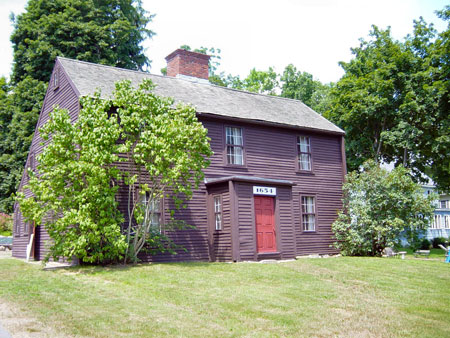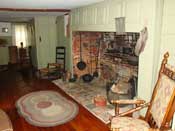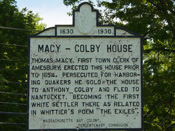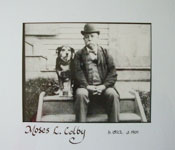The Macy-Colby House
A Historic Treasure in
Amesbury, Massachusetts
An Early-American Home
The Macy-Colby House is an excellent example of early-American architecture. The original house was built by Thomas Macy, probably about 1649, and sold to Anthony Colby in 1654. The structure was extensively modified by Obadiah Colby in the early 1740's. Nine generations of Colby's lived in this house.Thomas Macy, The Builder
The original builder, Thomas Macy, was Amesbury's first town clerk, held many town offices and was involved in numerous land transactions. He left Amesbury in 1659, becoming the first European settler to establish his family on the island of Nantucket.The Quaker Connection
Thomas Macy became the subject of a poem by the 19th century poet John Greenleaf Whittier entitled, "The Exiles", depicting the plight of Quakers in the religious intolerant Puritan society.
Anthony Colby, The Buyer
Anthony Colby came to America with the Winthrop fleet in 1630. He first settled in Cambridge, then moved to Ipswich by 1637. He was in Salisbury by 1640, and was one of the first settlers of the new town of Amesbury in 1650. He was active in town affairs, served in various offices including land and highway surveyor, and was part owner of a local sawmill.A Generous Donation
Anthony Colby's descendants owned the Macy-Colby property for over 245 years.In 1899, Moses Colby donated the house and property to the Bartlett Cemetery Association as a memorial to the Colby and Macy families, and to the people of Amesbury, Massachusetts.

There are five fireplaces off of one massive chimney.

1630 - 1930 Tercentenary Sign.

Moses Colby (1822-1901) donated the Macy-Colby House as a Museum.